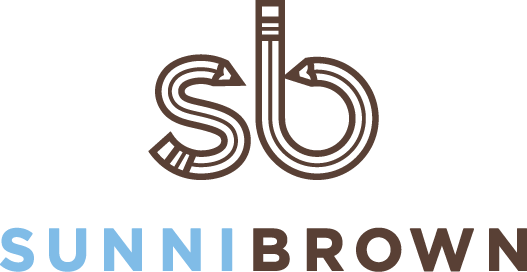Silos Suck: How to Doodle Everyone Onto the Same Page
Note: This is the third of five posts on changing the way we think.
In our first and second posts in this series on why companies need armies of Infodoodlers —visual creative thinkers who can solve many kinds of complex problems and spur innovation — I explored why companies need to hire this kind of digital creative talent and how they can attract it. In this third post, I’ll dig into why companies need to communicate the big picture to their employees and how doodling can play a serious role in that internal communication strategy.
In a recent conversation with a city’s Chief Sustainability Officer, my Doodle-dar went nuts, and it became crystal clear for the zillionth time why visual language is so important and why it will be even more so in the years to come.
The CSO I was speaking with was tasked with re-thinking the environmental quality of her city, which was experiencing explosive growth and an uncertain future. Everyone involved in her department was working at full capacity and had good intentions and appropriate skills. They seemed committed to smart, responsible growth and the need to maintain and enhance the qualities that made the city great in the first place. The problem was that no one could see the big picture.
You see, large cities don’t pose fun, quick challenges. They are messy, complex systems that change rapidly and involve competing interests, multiple stakeholders, and public accountability. Anyone working for a city and responsible for its growth has to balance these things as well as quality of life issues for everyone living inside the city limits. It’s a big job that affects thousands upon thousands of individuals.
So, even if you have the right people, agreeing to do the right thing, and the right leadership supporting them, IF PEOPLE AREN’T SEEING THE SAME THING, (i.e. the big picture) then they can’t know how their work fits into the grand scheme and there can be no shared vision. In other words, they have only a partial perspective on the challenge in front of them, and that’s dysfunctional for any city planner’s office, and any company for that matter.
To battle this nasty silo problem (which, by the way, occurs in virtually all organizational life), those of us in management positions tell ourselves that we will have better internal comms. We’ll have more one on ones, more productive meetings, and better clarity. But at the end of the day talk is cheap. Verbal language is too fleeting and wildly subjective.
You know where I’m going with this: To make sense of the larger perspective, we must doodle, and we have to doodle as a group. That’s because the kind of doodling that results in large-scale visual maps—the kind of doodling that would best serve this CSO’s challenge—is best when it’s done with others, in a group, so that our work doesn’t end up being just a visual version of our individual, partial perspective.
So, if we really believe that good communication is core to intelligent strategy, to seamless teamwork, to the pursuit of excellence, we must take seriously the limitation of being literally blinded to larger realities. We don’t know what we don’t know until we ask others to add their perspectives and until we start drawing it out for everyone to see.

